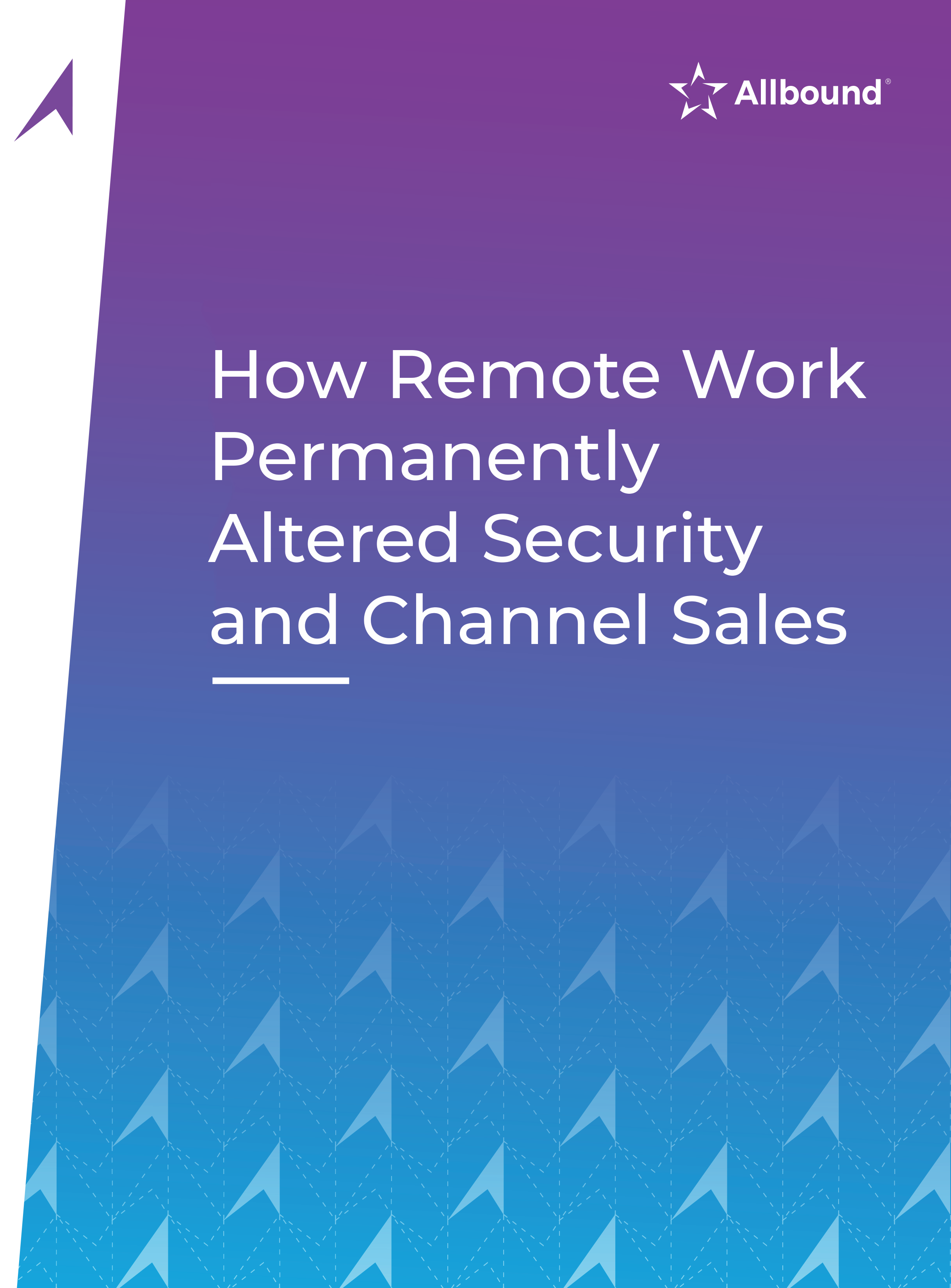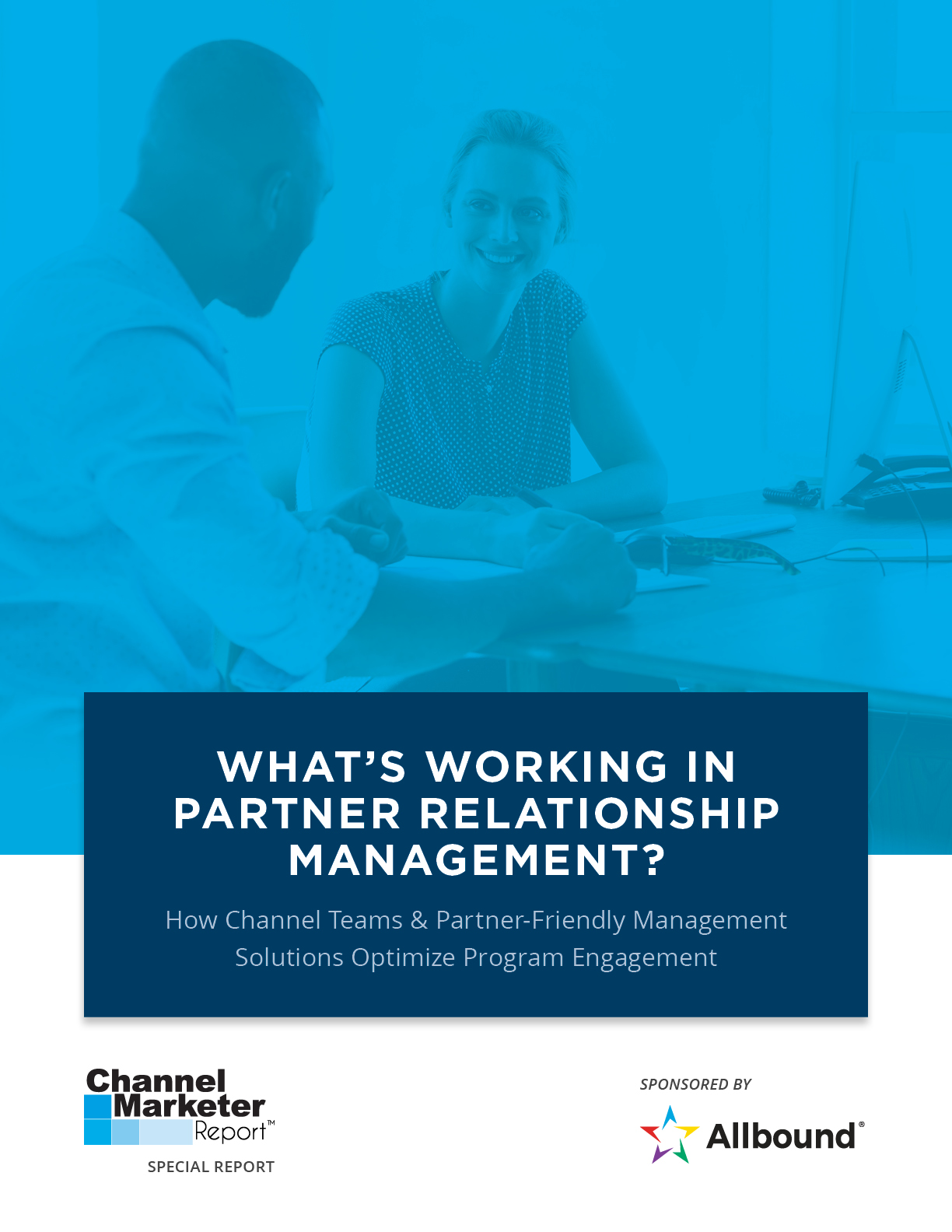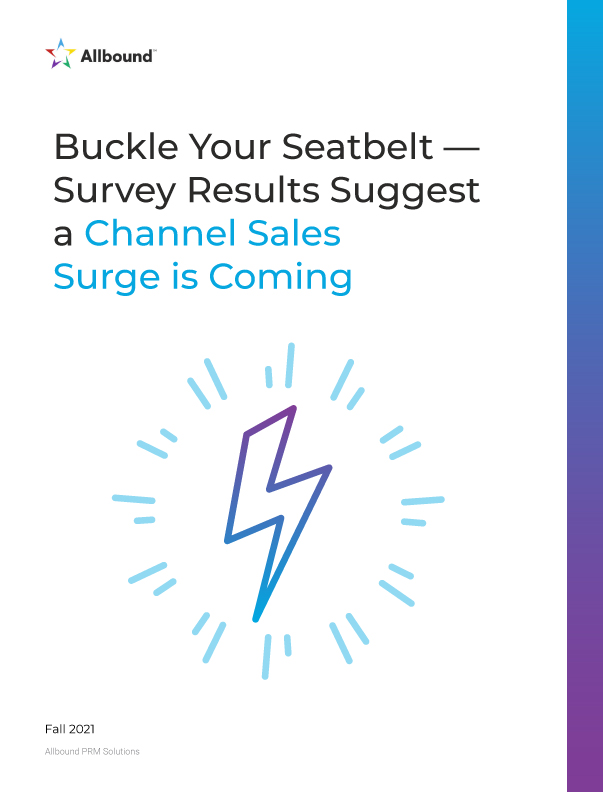Topics
How To Ensure Your Channel Partner Ecosystem Is Healthy
By Jonathan Eisner, Chief Channel Officer and VP of Global Partners & Alliances at Sovos
In the new year, many channel partner programs are revamping their partner program in an attempt to create a flourishing partnership ecosystem. At Sovos, we’re taking extra measures to ensure the health of our ecosystem. Here are some of the things you can do to determine whether or not your channel partner ecosystem is healthy.
How Channel Partners Can Promote A Healthy Partner Ecosystem
It’s all about engagement! To maintain a healthy partner ecosystem, vendor partner account managers must meet with their partners regularly to review the deals’ status and provide support personnel when needed. It’s also important to ensure that the marketing contacts at the partner and vendor are connected and driving joint marketing plans. It can also be beneficial to ensure the partners are leveraging all available tools and resources such as a partner portal, training, and certifications, marketing development funds, etc. and registering their leads and deals following the correct process.
Partners can also infuse best practices into the program by bringing new ideas. I’ve often had high-performing partners request new services or change processes, leading us to shape the program in a way that we didn’t initially anticipate and benefiting the entire channel.
Look For These Symptoms Of Unhealthy Partner Relationships
It’s about leading indicators. Is there a joint business plan with pre-determined, agreed-upon goals? Is the partner’s pipeline growing and are deals closing? How are the sales trends lining up such as quarter-over-quarter and year-over-year?
Another key area to monitor is engagement. For example, is there active executive support and engagement? If a partner isn’t submitting leads or deals or if they aren’t meeting with the vendor teams and bringing them into the conversation with prospects when needed, that is a clear sign they aren’t engaged. Other signs include:
- If they aren’t accessing the tools and resources provided;
- Working with and promoting competitors, and;
- Not completing necessary tasks, or delayed payments.
There are times when the partnership may appear to be stagnant – but that’s when you really have to dig in and figure out if this is a temporary situation. Are they understaffed, in the process of a business change or is this a more permanent shift to where they are no longer investing in the partnership?
If not appropriately managed through broad KPIs, it can be months before a lull is discovered, creating a significant impact on numbers in the future. That is why it’s critical to have check-ins with purposeful conversations on a regular cadence to assess the relationship’s health while monitoring the data around leading indicators such as pipeline, won/loss, average deal sizes, active/planned marketing campaigns, partner investment into training, etc.
Evaluate Your Partnership Program Regularly To Get A Pulse On Its Health
Evaluation of partner engagement, active feedback, internal alignment, program deliverables, and overall program performance is no longer a quarterly/annual process. It is more vital than ever to have the data and KPIs in real-time.

Deeper evaluation can still happen quarterly/annually, but understanding the state of the ecosystem in real-time is the modern best practice for running a world-class program. This lets you know what is working, where to focus, how the team is performing and other potential trouble areas.
How To Evaluate Your Partner Program
It’s important to keep take a critical look at your partner program regularly to make sure all aspects of it are relevant to your business and
- Review the defined program requirements and confirm each partner has met the requirements.
- Check with the partner account manager responsible for the account to see if they are having regular conversations with them.
- Leverage reports and monitor KPIs whether custom or in your CRM and/or PRM, to gauge partner engagement.
How Healthy Channel Partner Relationships Are Beneficial To Overall Business Growth
There are several key ways a healthy channel relationship is mutually beneficial:
- Happy and growing partners. The partner wins because they are growing their business by providing solutions they couldn’t offer on their own, and the vendor wins because they can expand more widely and quickly across geographies and industries that they don’t have the capabilities to reach directly on their own.
- Partners can help their vendors improve customer experience. Partners have an intimate understanding of the customers’ business that vendors won’t have. Sharing that knowledge with the vendor about the customer’s product usage and business needs is vital to enhancing the product and service offering and overall customer experience.
Invite Engaged Partners To Promote Your Program
If you have a handful of highly engaged partners, ask them to do a brief case study or testimonial. Hearing real-world examples of how a partner has grown because of their relationship with a vendor can help you recruit new partners and help to maximize other existing partners’ engagement.










